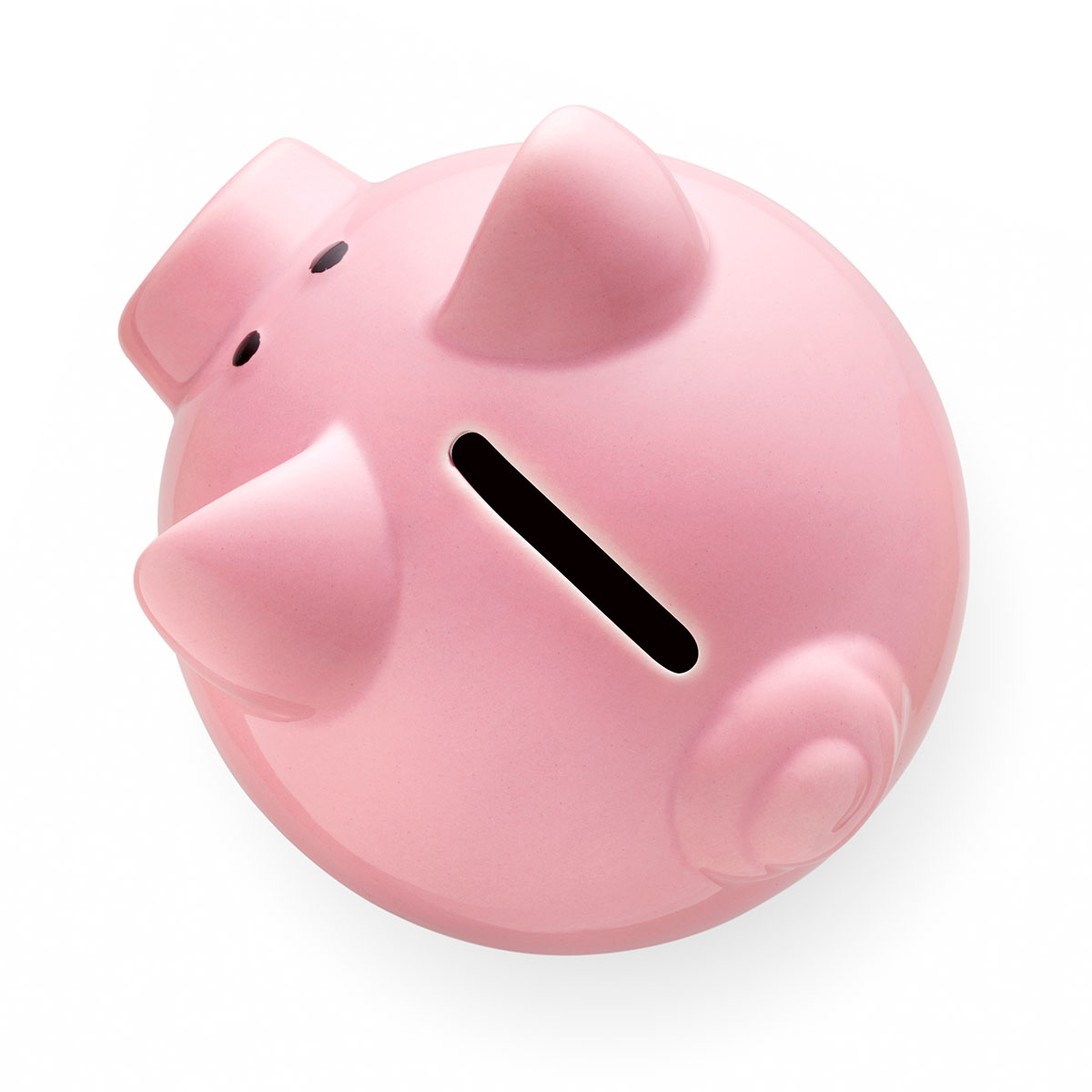The good news is that dentists can do amazing restoration work on broken teeth, making them look as good – or even better – than before they were broken.
The bad news is that getting damaged teeth fixed can be costly. Depending on the condition of the broken tooth, your other teeth, and your bones and gums, you may be looking at a bill ranging from $800 to several thousand dollars. And the price goes way up if you want or need a dental implant.
Typically, a dentist fixes a broken tooth with a root canal to clear out any infected tissues, followed by a crown – which is basically a partial or full replacement for the damaged tooth. In some cases, the broken tooth can be repaired with overlays, bonding, or other techniques. Your dentist will explain the options.
Don’t delay getting broken teeth fixed. In some cases, when the damaged tooth is in the back of your mouth, you may be tempted to just leave it alone because it doesn’t show when you smile. But a broken tooth can leave your gums open to infection, can cause your other teeth to shift position, and cause other dental and health problems. You do have options for affordable dental care!
Community Dental Clinics
Community dental clinics offer provide dental services for a low fee. Your local public hospital may have a community dental clinic or may be able to refer you to one. You can also do an internet search for “community dental clinics.”
Also check with the American Dental Association (ADA) website, where you’ll find a “dental health” map that lists all of the free and low cost dental treatment programs within each state. The map will point you to dental schools, clinics, dental care access programs, and organizations devoted to helping people access affordable dental care.
Another place to look for low-cost care is The Bureau of Primary Health Care, a service of the Health Resources and Services Administration. Call 1-888-Ask-HRSA to find out about federally-funded community health centers across the country that provide free or reduced-cost health services, including dental care.
Community clinics can be a great way to get dental care affordably. Since many people struggle to come up with the money for dental care, be aware that you may spend a little time on a waiting list before you can be seen by a dentist. The sooner you start the process; the sooner you’ll be able to get care. Some clinics will expedite care for people whose teeth are infected, so if your broken teeth have abscesses or are causing you severe pain make sure to mention that when you speak to the folks at the clinic so they can schedule you accordingly.
Dental Schools
Dental students need to acquire on-the-job training and experience before they can be licensed. The care may not be free – most schools work on a sliding scale basis – but it is always very affordable. The tradeoff is that you’ll likely spend more time in the dentist’s chair – as students are working under supervision of a licensed dentist who needs to check their work carefully and spend plenty of time one-on-one with each student and patient¬ – and so you may need to visit the clinic numerous times to complete your treatment plan. You can find a list of dental schools here.
Dentists
Many dentists are open to working with people who need care that they can’t pay for immediately. Some dentists may have an in-house financing program, may offer discounts to uninsured patients, or may be able to plan out treatment over several months so that you don’t have to pay off a huge sum all at once. Some dentists offer treatment priced on a sliding scale, meaning they will adjust their rates to your income.
Don’t be embarrassed to ask about payment options, or to let the dentist know how much you can afford to pay for dental care per visit. You certainly won’t be the first – or the last – patient with budget concerns. Consider setting up an appointment for a checkup, and let the person who books the appointment know you have dental health issues, don’t have insurance and want to discuss a treatment plan with the dentist to understand your options.
Dental Insurance
If you have dental insurance already, call the company that issued the policy – or check with your company’s HR department – to understand your options.
If you’re reading this article, though, we can assume that you don’t have dental insurance or have already used up your annual $1000-$1,500 annual spending limit and need another solution to help you get your broken teeth fixed.
Purchasing dental insurance in the hopes of cutting the cost of dental treatments that you need right now isn’t typically a workable plan. With a new-to-you plan, you’ll usually have to wait six months to get coverage for basic restorative services or a year for major restorative services. And dental insurance often will not pay to restore teeth that were missing before you purchased the policy; any may not play for work that was underway prior to the policy going into effect.
The exception to the above is if you had dental insurance within the last 30-60 days. If so, some plan providers may waive the waiting period. But check to make sure that the treatment that you need is covered by the plan, and that your coverage is available as soon as the plan is activated.
Your best option to save on any dental care that you need right now will likely be a Cigna dental savings plan, also referred to as Cigna dental discount plans. In contrast to insurance, these Cigna dental plans have no waiting period before you can access care, and there are no restrictions on obtaining care for preexisting conditions. As a Cigna plan member, you have access to a network of dentists who have agreed to offer reduced rates to members, the savings range from 10-60%.







